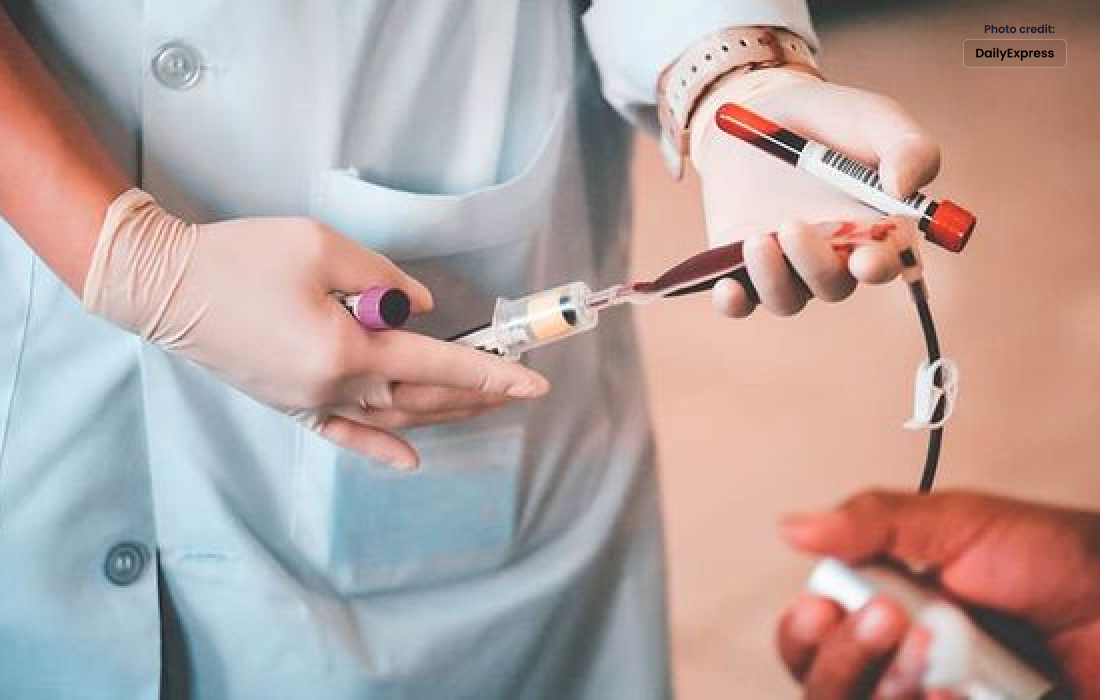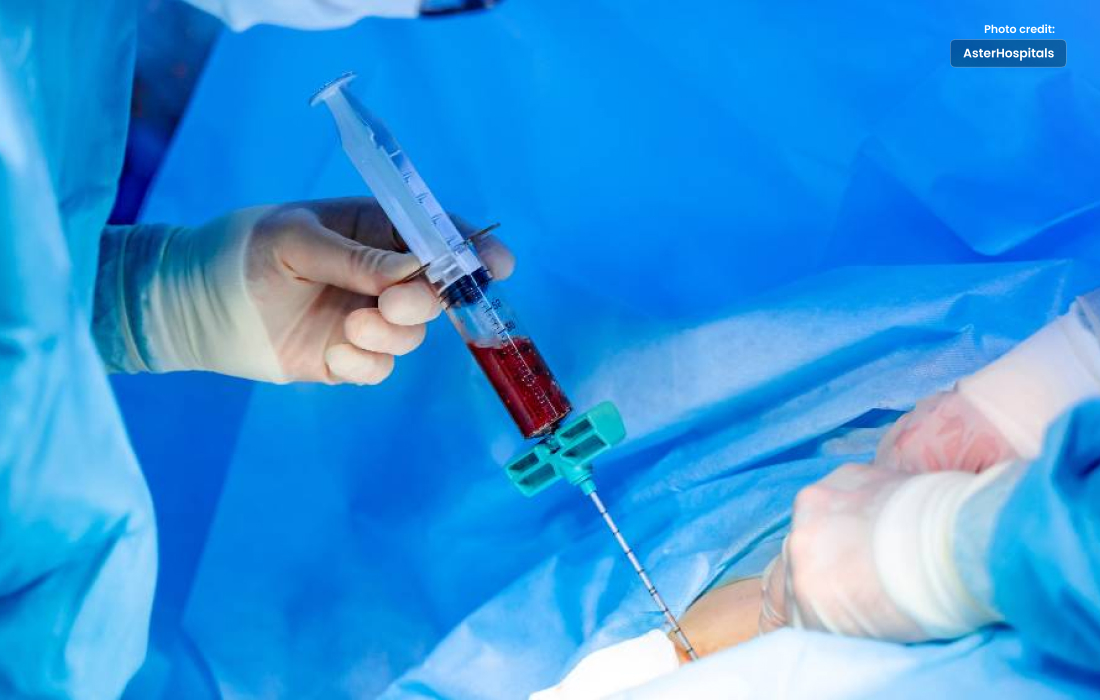To donate bone marrow stem cell’s, you must consent to extractions.
This is often referred to as a hematopoietic stem cell transplant or a bone marrow transplant.
There are three sources of stem cells that are employed in transplants. These sources include the bloodstream (peripheral blood), the spongy tissue in the centre of some bones (bone marrow), and newborns’ umbilical cord blood. The type of source chosen is determined on the goal of the transplant.

Why is it done?
For those suffering from illnesses like sickle cell anaemia, leukaemia, lymphoma, or other cancers, bone marrow transplants are life-saving procedures. For these transplants, stem cells from donated blood are required.
If a member of your family requires a stem cell transplant and medical professionals believe you might be a match, you might think about giving blood or bone marrow. Or maybe you want to assist someone else who is in need of a stem cell transplant—even someone you don’t know.
If needed, pregnant mothers may choose to explore keeping the stem cells that are still in the placenta and umbilical cord after delivery for their unborn children or someone else.
Donation of bone marrow
Under general anaesthesia, bone marrow stem cells are extracted from a pelvic bone slice. The use of anaesthetic during surgery and its consequences pose the greatest risk connected with bone marrow donation.
Weakness, fatigue, and little back or hip pain could all be side effects of the procedure. Acetaminophen (Tylenol, among others) or ibuprofen (Advil, Motrin IB, among others) are two painkillers that may be helpful. Within a few days, you’ll most likely be able to resume your normal activities. However, it can take a few weeks before you feel completely better.
Donation of peripheral blood stem cells
This kind of stem cell donation carries very little dangers. The injection that boosts the amount of stem cells in the circulation can have adverse effects, including headaches, nausea, vomiting, exhaustion, and aches and pains in the bones and muscles.
Other potential adverse effects include feeling dizzy or cold, tingling or numbness around the lips, and hand cramps. The majority of side effects go away a few days after the injections end.

Following the procedure
The length of recovery varies based on the donor and the type of donation. However, most donors are able to resume their normal activities a few days to a few weeks after the donation.
Results
Being a donor requires tremendous dedication. Although it is difficult to foresee what will happen to the recipient of the donation, it is possible that your gift will help save a life.




